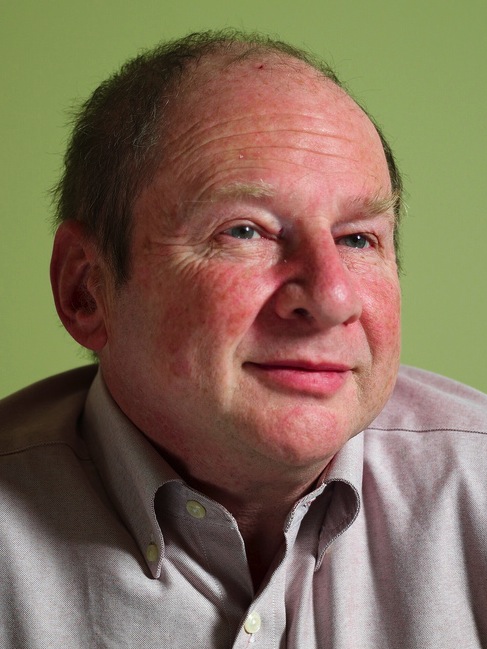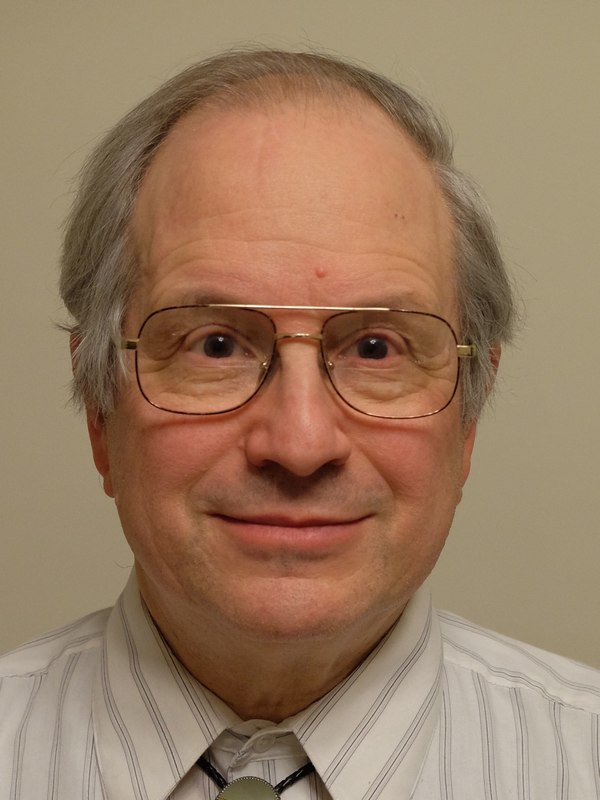
Structure and Interpretation of Computer Programs - Video Lectures
Videos of 20 introduction lectures to the subject of Computer Science given in 1986 for Hewlett-Packard employees, converted in its entirety into Mpeg and DivX formats. The lecture uses Lisp dialect and syntax but it doesn't formally teach the language.
Tag(s): Introduction to Computer Science
Publication date: 31 Dec 2005
ISBN-10: n/a
ISBN-13: n/a
Paperback: n/a
Views: 40,475
Type: N/A
Publisher: n/a
License: Creative Commons Attribution-ShareAlike 3.0 Unported
Post time: 07 Dec 2005 04:20:52
Structure and Interpretation of Computer Programs - Video Lectures
 Videos of 20 introduction lectures to the subject of Computer Science given in 1986 for Hewlett-Packard employees, converted in its entirety into Mpeg and DivX formats. The lecture uses Lisp dialect and syntax but it doesn't formally teach the language.
Videos of 20 introduction lectures to the subject of Computer Science given in 1986 for Hewlett-Packard employees, converted in its entirety into Mpeg and DivX formats. The lecture uses Lisp dialect and syntax but it doesn't formally teach the language.
Publication date: 31 Dec 2005
ISBN-10: n/a
ISBN-13: n/a
Paperback: n/a
Views: 40,475
Document Type: N/A
Publisher: n/a
License: Creative Commons Attribution-ShareAlike 3.0 Unported
Post time: 07 Dec 2005 04:20:52
Share — copy and redistribute the material in any medium or format
Adapt — remix, transform, and build upon the material for any purpose, even commercially.
The licensor cannot revoke these freedoms as long as you follow the license terms.
Click here to read the full license.
Review:
Harold Abelson wrote:I'd like to welcome you to the course of Computer Science. Actually it's a terrible way to start. Computer science is a terrible name for this business. Firstable, it's not a science. It might be engineering or might be art. I actually see the computer's so called science actually has a lot in common with magic. We will see that in this course. So it's not a science. It's also not really very much about computer. And it's not about computer in the same sense that physics is not really about particle accelerator. And biology is not really about microscope. And it's not about computer in the same sense that geometry is not really about using a surveillance instruments.
Those are the opening words from Harold Abelson for the course of Structure and Interpretation of Computer Programs given in July 1986 for Hewlett-Packard employees. Converted in its entirety into Mpeg and DivX formats, these video lectures are also the first introduction given to the students of entry-level Computer Science subject at M.I.T.
These lectures are accompanied by the book of Structure and Interpretation of Computer Programs, also written by Harold Abelson and Gerald Jay Sussman. The authors use Lisp, but didn't delve formally into the language. Lisp dialect and syntax is used to convey the real issues, that is about finding out what to compute, how to decompose, problems into manageable parts, and build solutions on each of the, parts. Each solutions is wrapped as a black box, and several of these black boxes can be used to build a bigger box. And this bigger box can be used to build an even bigger box, until we finish defining the whole problem and its solutions.
Even though the video lectures were shot in 1986, they will still be useful for students using the second edition (of the textbook), since the overall themes of the course and order of presentation are unchanged. They also still make a excellent introduction to the business of computer science. Actually, the word 'still' doesn't serve it right, since I can't see how the very essence of computer science being conveyed in these video lectures is going to get obsolete. No matter how much progress we made in the terms of hardware sophistication and software development tools proliferation, the basic of computer science is not going to change.
Intended Audience:
As an introduction, these video lectures are aimed for audience with little or no prior formal training in computation. Some background in mathematics is assumed.
Tweet
About The Author(s)
Harold "Hal" Abelson is a Professor of Electrical Engineering and Computer Science at MIT, a fellow of the IEEE, and a founding director of both Creative Commons and the Free Software Foundation. Abelson holds an AB degree from Princeton University and obtained a PhD degree in mathematics from MIT under the tutelage of mathematician Dennis Sullivan.

Harold "Hal" Abelson is a Professor of Electrical Engineering and Computer Science at MIT, a fellow of the IEEE, and a founding director of both Creative Commons and the Free Software Foundation. Abelson holds an AB degree from Princeton University and obtained a PhD degree in mathematics from MIT under the tutelage of mathematician Dennis Sullivan.
Gerald Jay Sussman (February 8, 1947) is the Panasonic Professor of Electrical Engineering at the Massachusetts Institute of Technology (MIT). He received his S.B. and Ph.D. degrees in mathematics from MIT in 1968 and 1973 respectively. He has been involved in artificial intelligence research at MIT since 1964. His research has centered on understanding the problem-solving strategies used by scientists and engineers, with the goals of automating parts of the process and formalizing it to provide more effective methods of science and engineering education. Sussman has also worked in computer languages, in computer architecture and in VLSI design.

Gerald Jay Sussman (February 8, 1947) is the Panasonic Professor of Electrical Engineering at the Massachusetts Institute of Technology (MIT). He received his S.B. and Ph.D. degrees in mathematics from MIT in 1968 and 1973 respectively. He has been involved in artificial intelligence research at MIT since 1964. His research has centered on understanding the problem-solving strategies used by scientists and engineers, with the goals of automating parts of the process and formalizing it to provide more effective methods of science and engineering education. Sussman has also worked in computer languages, in computer architecture and in VLSI design.